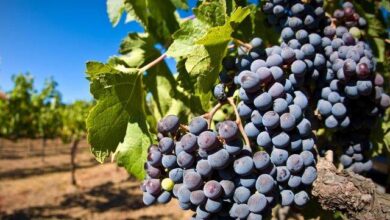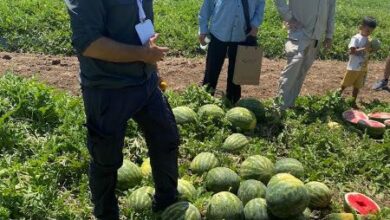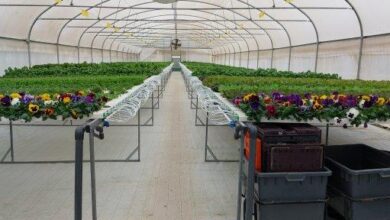From Wall to Fork – Vertical Farming and the Food Chain in the New Era
Geophonic vertical farming solution is a real soil-based growing platform embedded in a container
Guy Elitzur, CEO , Vertical Field


Recently, we have been experiencing another phenomenon in the changes the world is going through. From severe climate changes, extreme natural disasters and fatal epidemics attacking everywhere, these permutations have an impact on the way we do business, the way we raise our children and the way we grow and consume food. There is no doubt that it challenges the food chain in many ways, and it forces agriculture and the food chain to reinvent the wheel and rethink about how food is grown, supplied and consumed.
This is one of the reasons we experience the integration of many types of technologies in the agriculture industry aiming at improving its efficiency, lowering the risks attached and improving its quality and safety.
Within the agriculture industry there is one extremely interesting segment that is growing rapidly and is aiming to provide a solution to some of its problems. This segment is called vertical farming or urban farming.
Indoor farming is not a new concept, as greenhouse-based agriculture has been in existence for some time. Numerous commercially viable crops (e.g., strawberries, tomatoes, peppers, cucumbers, herbs and spices) have seen their way to the world’s supermarkets via indoor farming in ever increasing amounts over the last few decades. Most of these operations are small when compared to factory farms, but unlike their outdoor counterparts, these facilities can produce crops year-round.
What is new in the vertical farming concept that differs radically from what currently exists under the indoor farming industry? The main issue is the availability to scale up the concept of indoor farming inside the urban ecosystem in a safer, more secure way that reduces the dependency of the traditional food chain, with the additional benefit of significantly less space required.
The vertical farming includes different technologies, various growing methods and solutions but all of them answer the same definition:
1) They are located in or very near dense urban centres;
2) They make creative reuse of land and/or buildings;
3) They provide, through stacked or vertically oriented growing containers, additional growing space than their footprint would suggest;
4) They employ advanced systems to control growing conditions in order to optimize resource use and/or plant productivity;
5) Inputs (water, nutrients) are recycled and resource consumption is radically reduced; 6) In the case of food production (as opposed to pharmaceutical crops), they preferentially serve local markets
Most of the vertical farming projects are using either:
1) hydroponics- where the roots of the plants are submerged in an aqueous solution of mineral nutrients
2) aeroponics – without soil and with little water or 3) aquaponics – an ecosystem that promotes plants and fish farming together.
In the last few years, Vertical Field, an Israeli ag-tech company, has developed a proprietary geophonic vertical farming solution – a real soil-based growing platform embedded in a container that grows crops in a unique vertical method and brings the entire benefits of soil-based crops in a closed environment system.
The farm is placed either in a ’40 or in a ’20 container located as close as possible to the consumer (parking lot of a supermarket, roof of a restaurant, backyard of an hotel, etc) and grow more than a hundred different types of crops in isolated conditions monitored by a sophisticated IoT ( IoT = Internet of- Things) system and provides 365 days a year healthy and clean crops.
The farm has a year-round growing season to meet consumer demands for otherwise off-season produce, Significantly higher yields per unit of floor space, has comprehensive control over growing conditions which lower the burden of a need of a skilled person, it provides healthier and safer produce (especially in times like these (with the Covid19pandemic spreading everywhere), lower environmental footprint and it offers the possibility of sustainability for urban centres with less food waste.
The patented growing platform uses “soil-in-crop-out” mechanism which makes the entire seeding and harvesting processes easy to use and make the need for skilled operator redundant.
It is known that the shorter the time is between harvest and consumption, the higher is the level of vitamins and the more nutritious is the crop.. Meaning that by shortening the time from actual harvest to the point where the consumer picked it in the supermarket, the consumer gets a healthier crop with higher level of vitamins.
We need to remember also that in times like these where sterilization is a must in order to reduce contagion, the fact that there is only one person between the crop and the consumer is an advantage in the sense that itlowers significantly the chance of getting infected.
On top of that, it provides different customer experience where the consumer can basically pick the crop he wants from the vertical farm itself and gets as fresh as possible and tasty crop.




